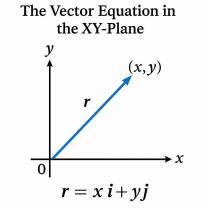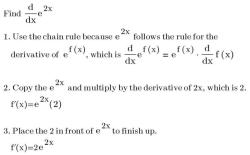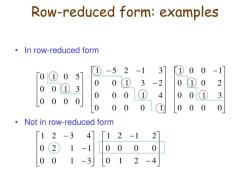How to derive the point slope formula?
To derive the point-slope formula for a linear equation, you can follow these steps:
Start with the Slope-Intercept Form: Begin with the standard form of a linear equation, which is:
y = mx + b
In this equation:
- "y" and "x" are variables representing points on the line.
- "m" is the slope of the line.
- "b" is the y-intercept (the point where the line crosses the y-axis).
Choose a Point: Select a specific point (x₁, y₁) that lies on the line. This point is not only on the line but is the point for which you want to find the equation.
Substitute the Point into the Equation: Replace "x" and "y" in the equation with the coordinates of the chosen point (x₁, y₁):
y₁ = m * x₁ + b
Isolate the Slope "m": Rearrange the equation to solve for the slope "m." Subtract "b" from both sides of the equation:
y₁ - b = m * x₁
Simplify the Equation: Divide both sides by "x₁" to isolate "m":
m = (y₁ - b) / x₁
Finalize the Equation: The equation you've derived now represents the slope "m" in terms of the point (x₁, y₁) and the y-intercept "b":
m = (y₁ - b) / x₁
This is the point-slope formula. It represents the equation of a straight line in terms of a specific point (x₁, y₁) on the line and its slope "m." You can use this formula to write the equation of a line when you know the slope and one point on the line.
The point-slope formula is a mathematical equation that can be used to find the equation of a line when you know a point on the line and the slope of the line. The formula is as follows:
y - y1 = m(x - x1)
where:
yis the y-coordinate of any point on the liney1is the y-coordinate of the known point on the linemis the slope of the linexis the x-coordinate of any point on the linex1is the x-coordinate of the known point on the line
To derive the point-slope formula, we can start with the following equation for the slope of a line:
m = (y2 - y1) / (x2 - x1)
where:
mis the slope of the line(x1, y1)and(x2, y2)are two points on the line
We can rearrange this equation to solve for y2:
y2 = mx1 + y1 - mx2
We can then substitute this expression for y2 in the following equation:
y - y1 = m(x - x1)
This gives us the point-slope formula:
y - y1 = m(x - x1)
Here is an example of how to use the point-slope formula:
Suppose we know that a line passes through the point (2, 3) and has a slope of 1.5. We can use the point-slope formula to find the equation of the line:
y - 3 = 1.5(x - 2)
Simplifying the right side of the equation, we get:
y - 3 = 1.5x - 3
Adding 3 to both sides of the equation, we get:
y = 1.5x
Therefore, the equation of the line is y = 1.5x.
The point-slope formula is a useful tool for finding the equation of a line when you know a point on the line and the slope of the line. It is also a useful tool for understanding the relationship between the slope of a line and the equation of the line.












